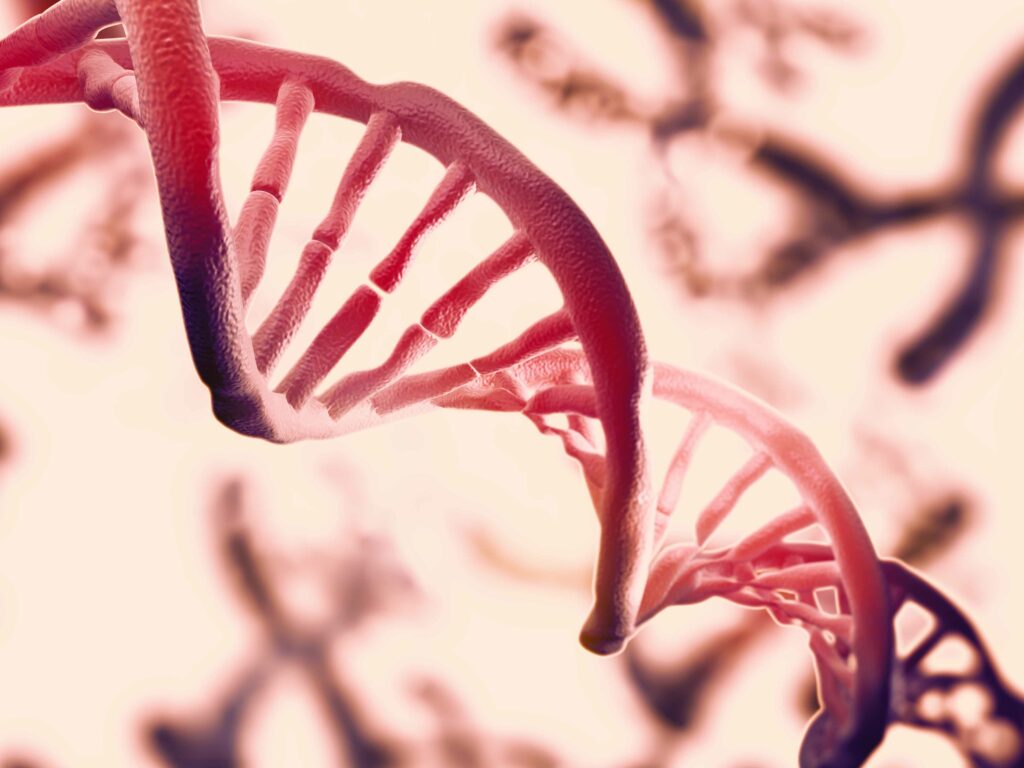News
DAXX: the guardian of our genetic blueprint
New insights into chromosomal instability offer potential avenues for targeted cancer therapies

A recent study led by Luxembourg Institute of Health Dr Eric Van Dyck reveals a newfound role of the DAXX protein in safeguarding the integrity of our genetic material. The discovery offers potential insights and targeted therapeutic strategies for cancers associated with DAXX alterations, marking a breakthrough in understanding chromosomal instability in certain cancers.
In the intricate world of genetics, keeping the integrity of specific chromosomal regions such as centromeres is crucial to prevent cancer-driving chromosomal instability. Centromeres, which ensure the proper segregation of our chromosomes during cell division, are characterized by highly repetitive DNA sequences that are transcribed into non-coding transcripts playing a crucial role in centromere function. However, unscheduled R-loop associated with such transcripts can cause transcription-replication conflicts and DNA double-stranded breaks – a major thread to the integrity of our chromosomes.
A recent study, led by Dr Eric Van Dyck, Group Leader of the DNA Repair and Chemoresistance of the Department of Cancer Research, has uncovered a previously unknown function of the death domain-associated (DAXX) protein, shedding light on its crucial role in maintaining the integrity of our genetic material. The research, conducted using paediatric glioma and pancreatic neuroendocrine tumour cell lines reveals how DAXX plays a pivotal role in preventing DNA damage and safeguarding the stability of our chromosomes.
The histone chaperone DAXX forms a complex with ATRX to deposit the histone variant H3.3 at specific location in our chromosomes, including centromeres. The team of researchers discovered that DAXX, working independently of ATRX, also contributes to genome stability by preventing the accumulation of transcription-associated R-loops and the formation of DNA double-strand breaks at centromeres.
The implications of this discovery extend beyond the realms of the laboratory. By understanding how DAXX protects our genome, we could unlock potential avenues for treating cancers associated with DAXX alterations such as paediatric glioma and pancreatic neuroendocrine tumours. These findings not only broaden our understanding but also offer promising avenues for developing innovative therapies against diseases rooted in chromosomal instability.
explains Dr Van Dyck.
Noteworthy, the upregulation of DAXX, frequently observed in certain cancers such as breast, prostate, and colon cancers, particularly during metastasis, prompts questions about its role in cancer progression. Understanding the additional functions of DAXX could unlock crucial insights into cancers with elevated DAXX levels or specific mutations, suggesting potential for targeted therapeutic strategies and combining treatments to address genomic instability.
The study was published in the renowned Nucleic Acids Research under the full title: “DAXX promotes centromeric stability independently of ATRX by preventing the accumulation of R-loop-induced DNA double-stranded breaks” (https://doi.org/10.1093/nar/gkad1141).






